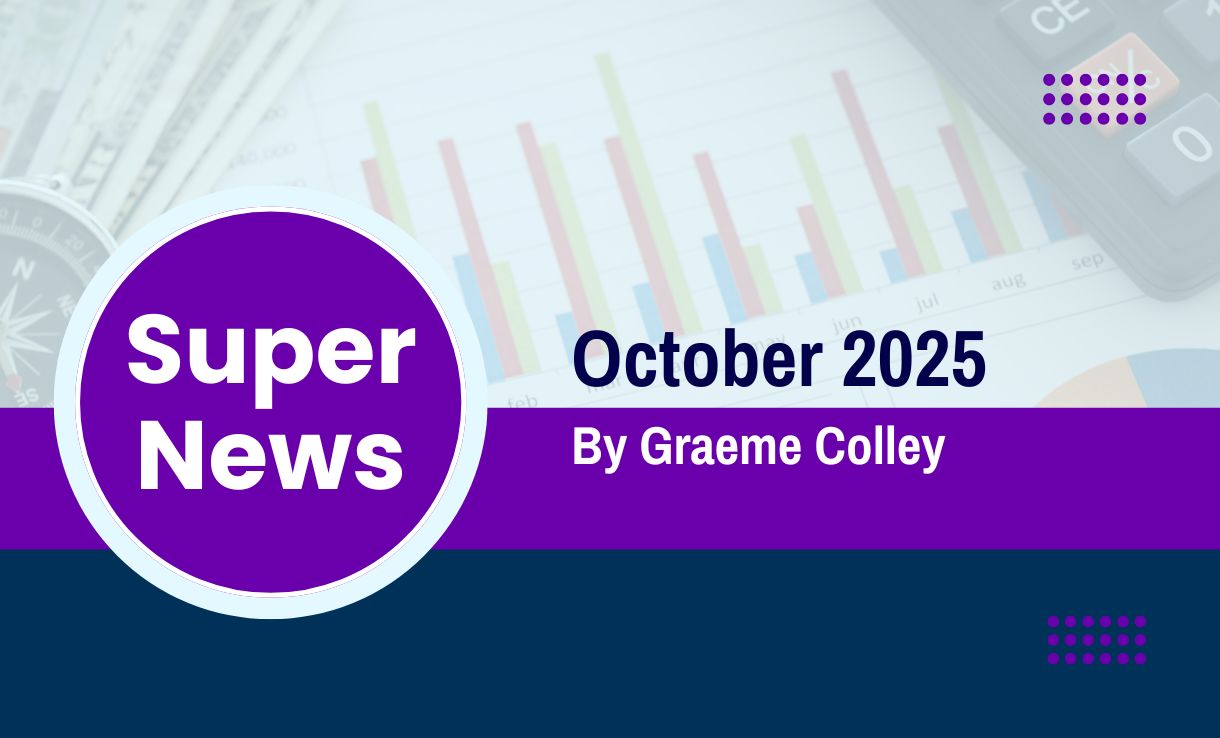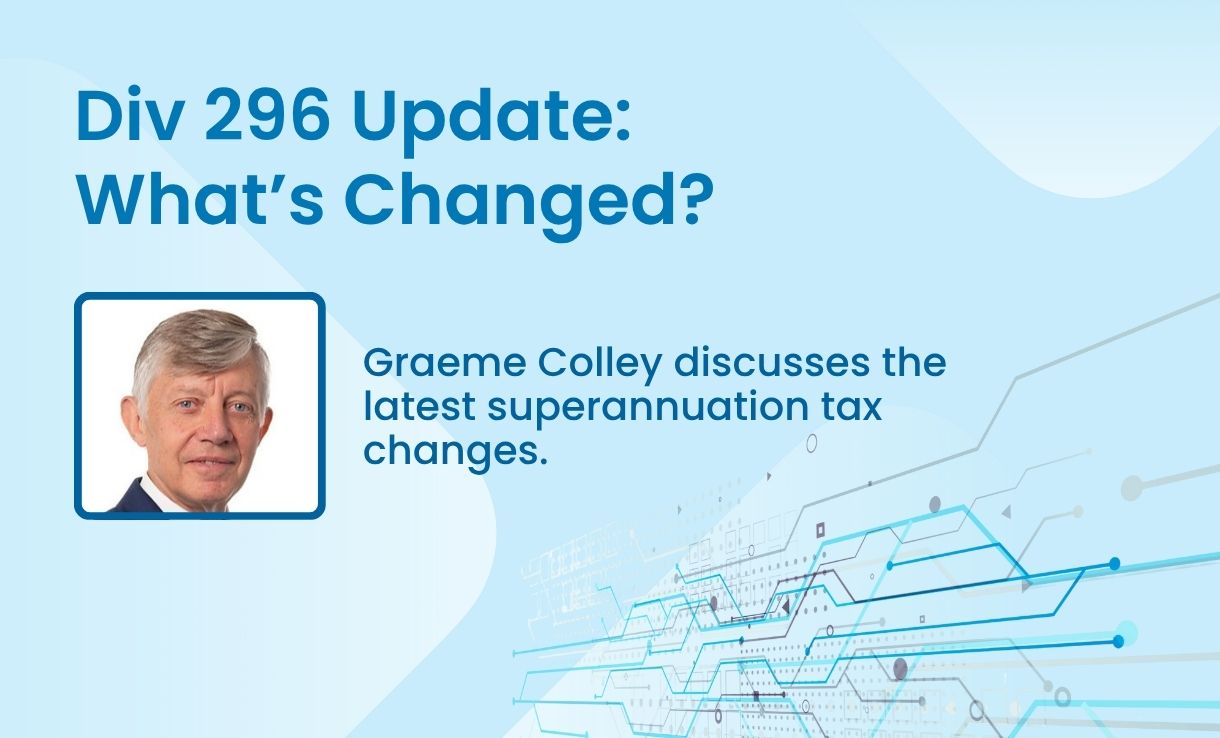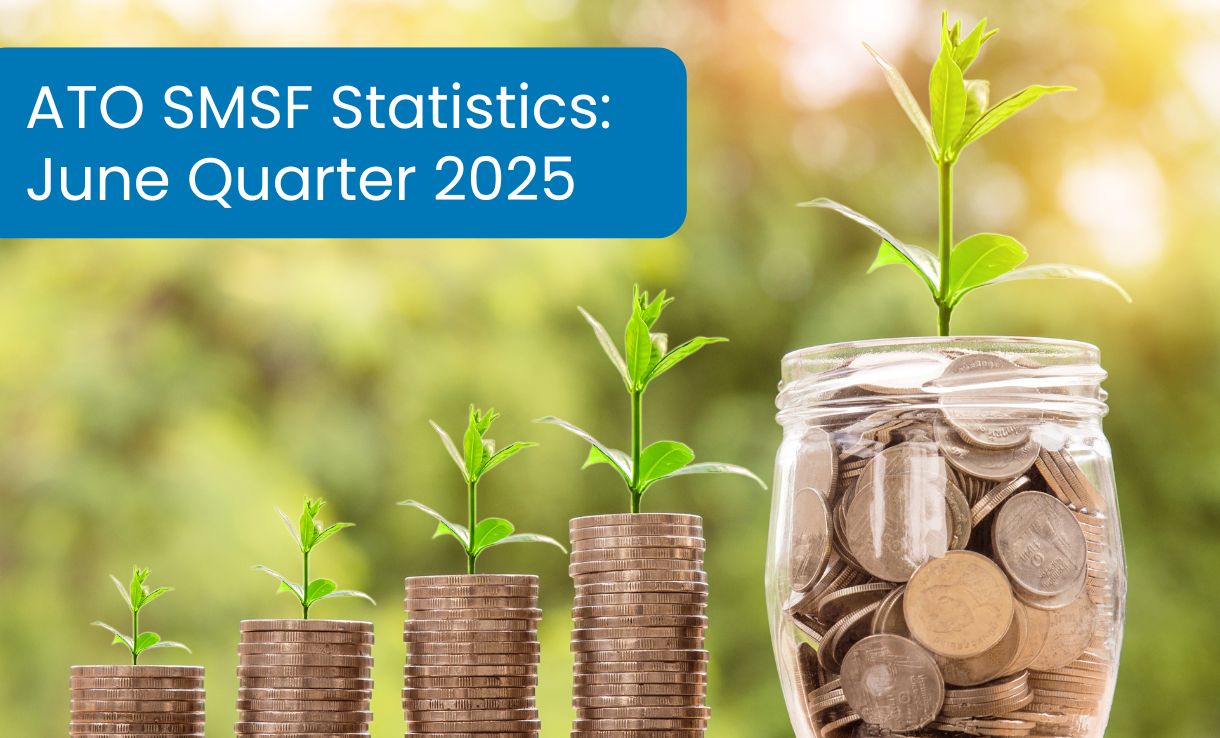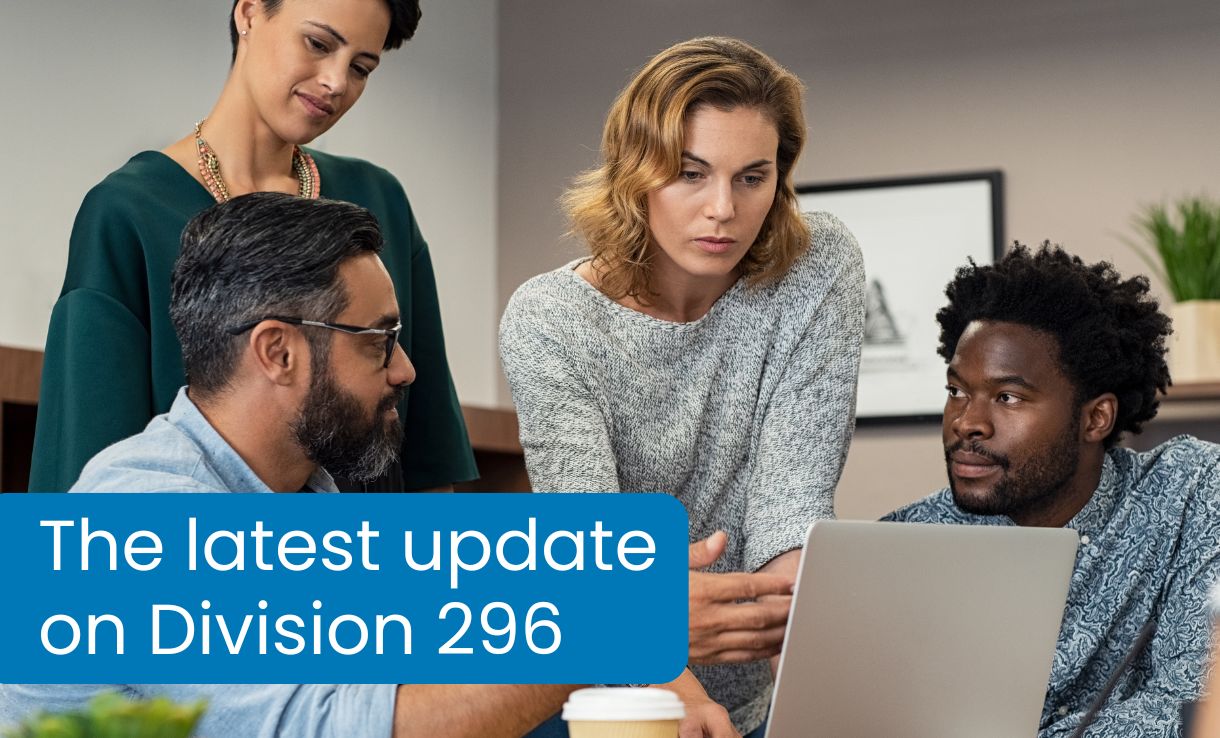Introduction:
When a member of an SMSF dies a death benefit may become payable to dependents. Also, if the deceased was an individual trustee or director of the corporate trustee a replacement may be required to ensure the fund can continue to operate and benefits are paid.
Here are some questions which may assist to ensure the correct documents are in place and decisions have been made to support the death benefit payment and the replacement of the trustee.
Depending on the client’s situation and the trust deed, there may be many more questions in addition to those below.
Notification of the Member’s death
- Has the trustee been notified of the death of a member or trustee?
- Has the trustee received a copy of the death certificate of the deceased or other official recognition of the death of the member or trustee?
Trust deed provisions
Do the governing rules of the fund, such as the fund’s trust deed, have any special requirements in relation to the death of the member or trustee?
Do the governing rules require replacement of the deceased member/trustee or member/director of the corporate trustee with the deceased’s legal personal representative (LPR) before a decision can be made about the payment of the deceased member’s death benefit?
Trustees
- Did the fund consist of a single member and a corporate trustee where the single member was the sole director of a corporate trustee?
- Did the fund have a corporate trustee and two directors who died simultaneously?
- Does the fund have one trustee or director of the corporate trustee who is living?
- If the sole director or the directors of a corporate trustee has died the company constitution may provide instructions on how the director is replaced.
- Did the deceased have a last will and testament which appointed an executor of their estate who can act as their legal personal representative (LPR)?
- If there is no will or LPR, have dependants or those who consider they have a claim to the superannuation of the deceased applied to the court for letters of administration. Has the Court granted letters of administration or is it in progress?
Death benefit powers of attorney and nominations
- Did the deceased grant an enduring power of attorney to a person or persons who are acting as the LPR of the deceased?
- Did the deceased make a death benefit nomination prior to their death?
- Is the death benefit nomination valid in terms of the fund’s governing rules and the law?
- Was the death benefit nomination binding or non-binding on the trustee?
- If the death benefit nomination is binding, the trustee is obliged to distribute benefits as instructed by the deceased.
- If the death benefit nomination was non-binding the trustee may use discretion to distribute benefits as provided in the nomination. However, they are not obliged to distribute benefits as provided in the non-binding nomination.
Payment of death benefit lump sums and pensions
- Have dependants of the deceased as at the date of the member’s death been identified for purposes of the SIS Act and Regulations?
- Was the deceased in receipt of a pension at the time of their death which provided a reversion to a dependant?
- Did the deceased make a valid reversionary pension nomination in accordance with the governing rules of the fund?
- Has the trustee made a decision concerning the distribution of death benefits to the dependants of the deceased or to their estate via their LPR?
- Are the member’s death benefits required to be paid as lump sums or pensions?
- Has more than an interim and final payment been made to the dependant as a lump sum?
- Was a pension payable to the surviving spouse if the deceased and surviving spouse were both under age 60 at the time of the member’s death? If so, tax is payable on taxable component of the pension until the surviving spouse is age 60.
- If pensions were payable to children of the deceased who are under 18 has the child’s LPR or guardian been identified to receive the payment on the child’s behalf?
- Have lump sums payable to the executor of the member’s estate been distributed in accordance with the will of the deceased?
Have trustee minutes and resolutions been made concerning the member’s death, appointment of trustee and payment of benefits to dependants or the member’s estate?
Has the trustee received confirmation of receipt of death benefit or commencement of a death benefit pension by the dependant and/or the estate of the deceased, as relevant?
Have the trustees notified the ATO concerning the amount of tax to be paid in respect of the taxable component of any death benefit lump sum paid to persons who are not death benefit dependants, for example, adult children of the deceased?
Cloudoffis makes preparation, approvals and compliance easy with AI-powered workpapers. As Australia’s leading SaaS provider in the SMSF industry, we bring over 9 years of unparalleled experience.
Pioneers in our field, we take pride in supporting the accounting and auditing community to streamline their workflows and work more efficiently through SMSF Sorted, SMSF Auditomation and Tax Sorted.




